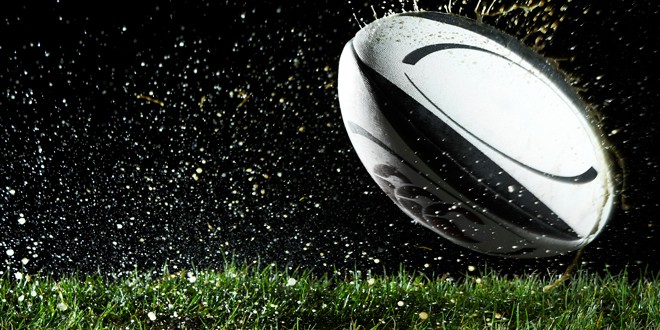
We’ve come a long way from the days when, as a ‘senior’ (for want of a better word) player (again, for want of a better word, but that’s a whole other story) with the Middleton Arms in south Leeds, my first advice to any young players who joined us tended to be “get your front teeth knocked out”.
You think I’m joking? Well, no, I’m not. My opening pearl of wisdom (there were others, but League Express is a family newspaper, and I also have to consider the sensibilities of the servants and the horses) was based on my belief that having front teeth in place inevitably increased the risk of a player biting his tongue in two when the inevitable – in those days – stiff arm tackle or haymaker came his way. Not that you should carry the ball with your tongue sticking out, of course.
It wasn’t advice I’d had to proffer to myself as my front gnashers were already gone, either into my bottom lip or on Stanningley’s pitch – the truth remains unclear almost half-a-century down the line. But I gave it freely, genuinely and sincerely; although I’m not too sure that it was willingly accepted all that often.
Times are different now, although not necessarily quite as different as you might think. Gumshields existed back then but, quite apart from the fear of the reaction of team-mates or opponents in an era in which the fashion was to be gap-toothed (take a look at old photos of teams lifting trophies if you doubt what I’m saying – the broad grins of the victors reveal precious few gnashers) I simply couldn’t stand having them in my mouth. It’s hard trying to play rugby while gipping.
Maybe mouthguards are better made these days. I suppose they should be, given advances in technology. And the Rugby Football League’s announcement over the weekend of a three-year research project, aimed at quantifying head impact with the aim of increasing understanding and reducing future risk, is timely.
It centres on more than 1,000 players wearing something called “instrumented mouthguards”, which certainly sound wondrous.
The ‘guinea pigs’, if that’s the correct description, at amateur level will be Open Age and Betfred Women’s Super League players, together with – if I’ve read it correctly – lads at Under 16s and Under 14s age levels, while the Under 18s Academies are also involved.
The results, come 2025, will be more than interesting, particularly as I’m not at all sure what one or two phrases in the RFL’s release (allowing for the fact that it’s had to be science-led) mean.
All will become clear in time as to what “head impact exposures”, “biomechanical mechanisms during concussion events” and “head acceleration loading” actually are. I’ve got to say that most of my old teammates, one of whom (Gary Halloway, aka ‘arguably the finest stand-off half of his generation in the amateur game’) I just happened to be chatting to shortly before the RFL got in touch, viewed me as a one-man concussion event.
But that was in another era, in fact it might as well have been on another planet. Knocks to the head, or anywhere else for that matter, are viewed much more seriously now, and if the results of this study mean that Rugby League will continue to be played something like the way it was when I was able to enjoy it immensely, than it’ll get a thumbs-up from me, even if I’ll have to watch out for players gipping.
The announcement, by the way, came shortly after the revelation that 2,000 amateur players had signed up to the RFL’s Membership Scheme within 24 hours of it being launched. That seems to be, initially at least, a ‘thumbs up’ for the initiative. We’ll know, over the next three or four weeks, whether that positive early response has been sustained; those still pondering on whether to register may well reflect that the research project regarding concussion is just the kind of thing that the RFL seeks to drive.
I wonder how many players will be wearing the new mouthguards (or, at least, old ones) in this weekend’s Betfred Challenge Cup ties. Two are certain to be televised, with the BBC streaming the game between Orrell St James and the Army on Saturday, and the RFL covering the Sunday clash involving Bentley and Stanningley on Our League.
At the time of going to press, a third was in the pipeline, but the RFL wasn’t at liberty to divulge which.
It’s all about cups just now and readers will be able to pore over my reports, in today’s issue, of yesterday’s Open Age and Under 18s BARLA Yorkshire Cup Finals, between Doncaster Toll Bar and Hunslet Club Parkside and, at Youth level, Stanningley and West Hull.
I’m penning these notes the day before either game was played, but I’m confident as I type this that that both matches will have been crackers, and I‘m only sorry that the county cup competitions in Cumbria and Lancashire no longer hold quite as high a profile. The Lancashire Cup, in fact, was ditched a few years ago, I’m not sure why, and it’s badly missed. The Cumbria Cup, meanwhile, no longer climaxes at Christmas time, which is a shame (for spectators, if not for players). These are issues which I hope grassroots stalwarts will address this year.
The above content is also available in the regular weekly edition of League Express, on newsstands every Monday in the UK and as a digital download. Click here for more details.
